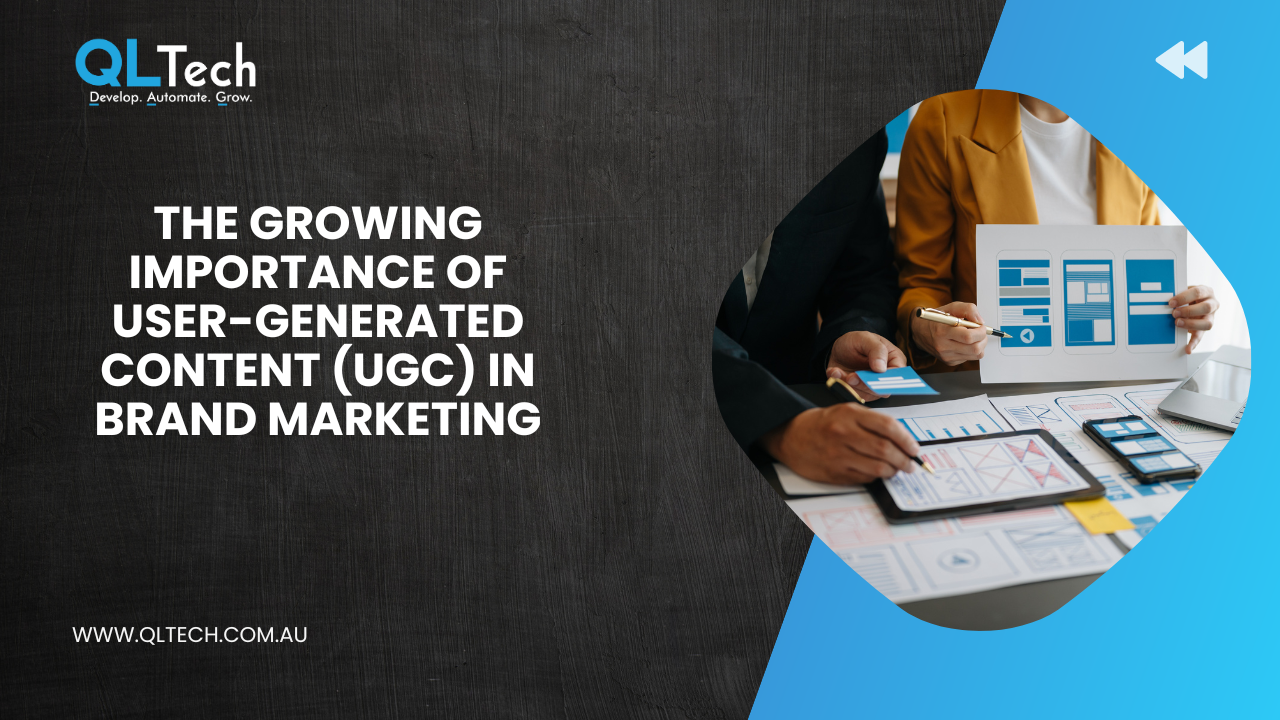Email marketing remains a cornerstone of digital communication, and as technology evolves, so do the strategies for creating effective and cutting-edge email campaigns. In this guide, we will explore next-generation email marketing strategies that leverage innovative techniques, personalisation, and automation to enhance engagement, build relationships, and drive results.

1. Hyper-Personalisation:
Next-gen email marketing goes beyond simple personalisation by creating highly tailored experiences for individual recipients. Utilise data analytics, behavioral insights, and customer segmentation to deliver personalised content, product recommendations, and offers that resonate with each subscriber.
2. AI-Powered Email Campaigns:
Integrate artificial intelligence (AI) into your email marketing strategy to analyse customer behavior, predict preferences, and automate personalised content recommendations. AI algorithms can optimise send times, subject lines, and content variations for each recipient, leading to improved engagement and conversions.
3. Interactive Content:
Make emails more engaging by incorporating interactive elements such as polls, quizzes, and surveys directly within the email. Interactive content not only captures attention but also encourages subscribers to actively participate, providing valuable data for further personalisation.
4. Behavioral Trigger Campaigns:
Implement automated email campaigns triggered by specific user actions or behaviors. Whether it’s a welcome series, cart abandonment sequence, or re-engagement campaign, leveraging behavioral triggers ensures timely and relevant communication tailored to the recipient’s interactions with your brand.
5. Dynamic Content Blocks:
Enhance email relevance by using dynamic content blocks that change based on user data, preferences, or engagement history. This allows you to create one email template with adaptable sections, ensuring that each subscriber sees content that aligns with their interests.
6. Advanced Segmentation:
Move beyond basic segmentation by utilising advanced segmentation criteria such as predictive analytics, customer lifetime value, or engagement scores. Tailor your messaging to different segments based on their unique characteristics and behaviors to maximise relevance.
7. User-Generated Content (UGC):
Incorporate user-generated content, such as reviews, testimonials, or social media mentions, into your email campaigns. UGC adds authenticity to your messaging and fosters a sense of community, encouraging subscribers to become advocates for your brand.
8. Mobile-First Design:
Given the prevalence of mobile device usage, design your emails with a mobile-first approach. Ensure that your emails are responsive, easy to navigate on smaller screens, and load quickly. Optimise images and content for mobile users to deliver a seamless experience.
9. A/B Testing Automation:
Automate A/B testing to experiment with different elements of your email campaigns, including subject lines, content variations, and calls-to-action. Let automation algorithms analyse the performance data and adjust future campaigns to maximise effectiveness.
10. Predictive Analytics:
Harness the power of predictive analytics to anticipate customer behaviors, preferences, and future actions. By analysing historical data and patterns, predictive analytics can help you proactively tailor your email content, offers, and recommendations.
11. Social Media Integration:
Integrate social media components into your email campaigns, allowing subscribers to share content or follow your social channels directly from the email. Leverage social proof, such as displaying the number of social media followers or highlighting trending products.
12. Advanced Email Security:
With the increasing sophistication of cyber threats, prioritise advanced email security measures to protect both your brand and your subscribers. Implement authentication protocols, monitor for phishing attempts, and educate subscribers about recognising legitimate emails.
Conclusion: Elevating Email Marketing in the Digital Age
Next-generation email marketing is about leveraging cutting-edge technologies and strategic approaches to create highly personalised, engaging, and effective campaigns. By embracing hyper-personalisation, AI, interactivity, and advanced analytics, brands can build stronger connections with their audience, drive conversions, and stay ahead in the ever-evolving landscape of digital marketing.
Join our community and never miss an update! Subscribe to our newsletter and blog to stay up-to-date on the latest trends, tips, and insights in your area of interest. Don’t miss out on exclusive content, promotions, and special offers. Sign up now and be a part of our growing community!









